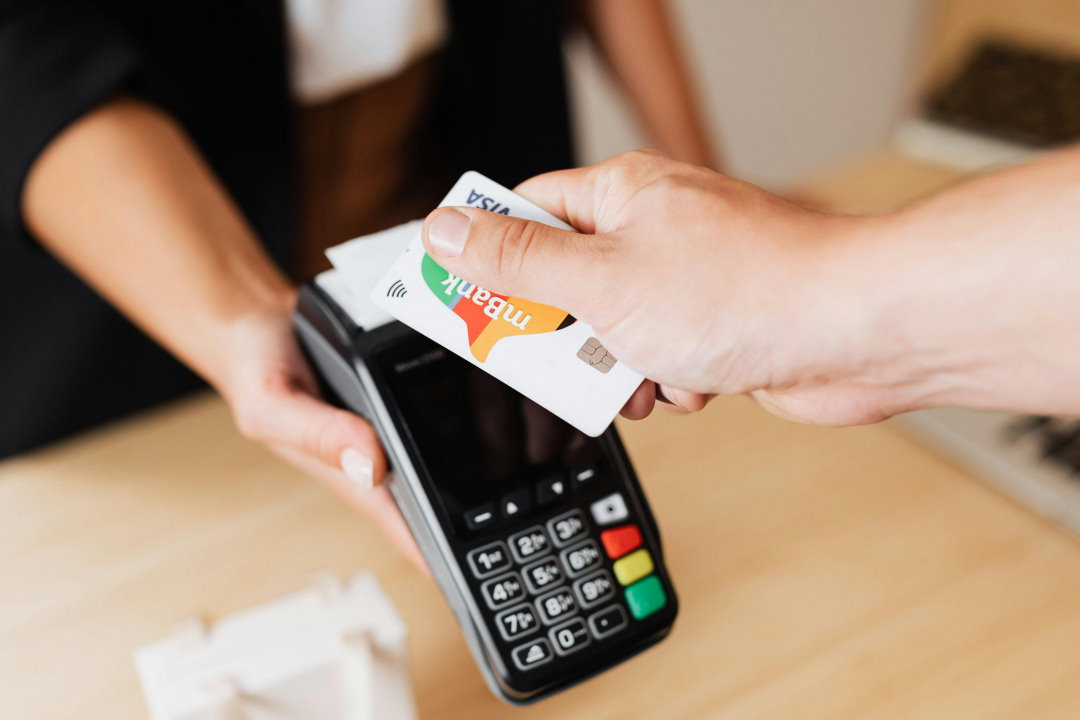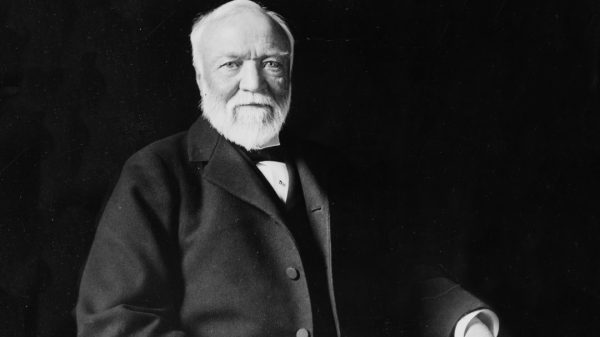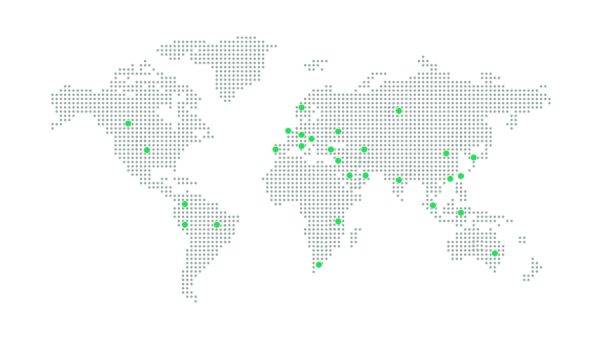Is your business model still appropriate? Benjamin Talin from MoreThanDigital looks at 9 disruptive business models.
1. Freemium Model
One of the most frequently used business models. The consumer receives a product or service free of charge. Either only basic functions are offered and for premium functions, no branding or extension of the services, the customer must then pay. This way you can quickly reach a broad customer base, scale your business into new markets, and generate incomes when converting customers into paying ones.
2. Subscription Model
Products and services can usually also be offered as subscriptions. An amount that would normally only occur once is split or a new service is created that is billed periodically. The aim is to bind the customer in the long term. In contrast to the one-time purchase, the customer benefits from improvements and extensions of the service.
3. Free offerings
A model that has gained in popularity, especially through Google. For many entrepreneurs, this is also the most incomprehensible business models, but it has great potential for some services. Since such business models usually evaluate customer data for advertising or personalized offers, it is interesting to use a lot of information about customers.
4. Marketplace Model
For some industries, marketplaces already had or have great disruptive potential. The business model used here is usually a digital marketplace that connects the seller and buyer on a common platform. Money is usually generated via brokerage fees, commissions, or fixed transaction costs. However, it is also possible to use membership fees on the platform or to generate money through advertising/premium positioning services.
5. Sharing Economy
In the classic sense, the sharing economy is referred to as letting. Goods or services that can usually only be purchased or made available to another person for a limited period of time. There is the example of car sharing. The car is made available for a certain period of time and a number of km for another person against payment. In general, this can be applied to all products, whether from private individuals or companies, real estate, or intangible assets.
6. User Experience Premium
This is a premium model that can be easily observed using Apple. A good customer experience adds value to an exchangeable product. The service, the brand, and especially the experience of the customer are improved and premium prices are charged.
7. Pyramid Model
The model is a typical sales model that has been available for years. Especially due to the easy billing by technical aids, these pyramid models can be quickly built up and easily managed. It is especially interesting for products with high margins and which can be easily explained.
8. Ecosystem – Create your own ecosystem
To bind customers to an ecosystem in the long term through a “lock-in” process in a service is a dream for every entrepreneur. For example, if you have a mobile phone from Apple or with Android, you are probably included in this ecosystem. You buy the hardware and use software that may only be compatible with the same system. This makes the change difficult and also prevents new competition from gaining a foothold.
9. On-demand Model
Time is money, that is the structure of this business model. The immediate access is sold or also the premium access to “time”. The delivery, the product, or the service can be called up at a certain point in time. Video-on-demand, taxi (over) on-demand, and many other systems are good examples. Companies or persons goods or time provide their services for persons without goods and time but with money.
9 Disruptive Business Models Explained – Benjamin Talin, More Than Digital

















